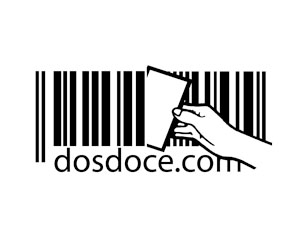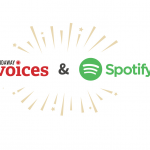Public Libraries eLending – 12 key aspects to consider
Dosdoce.com, in collaboration with Publishers Weekly, releases the infographic “12 key aspects to consider in a public elending platforms”.
 The aim of this infographic is to help librarians understand the different steps they will have to take into consideration if they are thinking about launching or renewing an elending initiative.
The aim of this infographic is to help librarians understand the different steps they will have to take into consideration if they are thinking about launching or renewing an elending initiative.
What is clear from this visual tool is the wide variety of issues that librarians must analyze prior to launching their elending initiative to make sure that the final model is the most suitable for their library patrons.
Technology ownership versus a license agreement
The first decision a library has to take will be about technology. There are three main options: 1) coding & owning its own platform, 2) negotiating a platform or «white label» version of a third party platform, or 3) closing a licensing agreement with one of the commercial platforms available in the marketplace (Overdrive, Baker&Taylor, 3M, etc.)
While the first option is initially more laborious, it provides librarians with more control, as well as flexibility, of their e-lending initiatives. From the USA to Europe, there is a growing worldwide trend favouring the first option. Projects such as Library Simplified, led by the New York Public Library, or the recently launched eLiburutegia, the elending platform by the Basque Government, as well as other similar projects in Belgium and Grenoble, France, validate this option.
Large variety of license models
This infographic has identified at least 12 types of different purchase licenses. From the most standardised license, which limits the number of loans per title (usually around 26 loans), to more innovative models, like the “non-expiration date licenses”, which also limit the number of loans to 26 loans per title but have no expiration date.
Most e-lending licenses also apply a time period restriction, usually 2 years. After this period, the 26 loans are cancelled even if some titles might not have consumed all the 26 loans. The new “non-expiration date licenses” allows libraries to offer the title until all 26 loans take place, even if it takes 3 or 5 years to consume all loans.
Licenses with time period restrictions require librarians to purchase ebooks in advance without knowing the real demand. In the event that the acquired titles are not requested within two years, these ebooks disappear from the platform at the end of it. Some publishers are also seeing how licenses with time period restrictions reduce the potential new renewals or new purchases of new releases, as librarians do not buy more licenses until they have consumed all loans with time period restrictions to ensure the economic sustainability of a library budget.
Fostering the demand of ebooks at libraries
If we all admit now that the Internet has radically changed the way people seek and find all kinds of information and content, does anybody believe that libraries can keep the same 20th-century physical experiences & services?
The emergence of third generation technologies such as face recognition, smart sensors (beacons), recommendation systems based on users’ satisfaction, interactive applications, among others, offers libraries an impressive range of possibilities to enrich its users’ experiences. All these new technologies will Foster the demand for ebooks at libraries changing the way libraries offer their services to patrons,
We hope that this infographic will become a quick and useful reference tool to librarians worldwide.
Maribel Riaza and Javier Celaya from Dosdoce.com
To download the “12 key aspects to consider in a public elending platforms” infographic, please click here.





